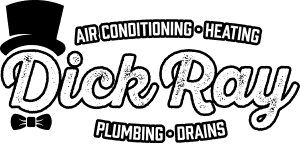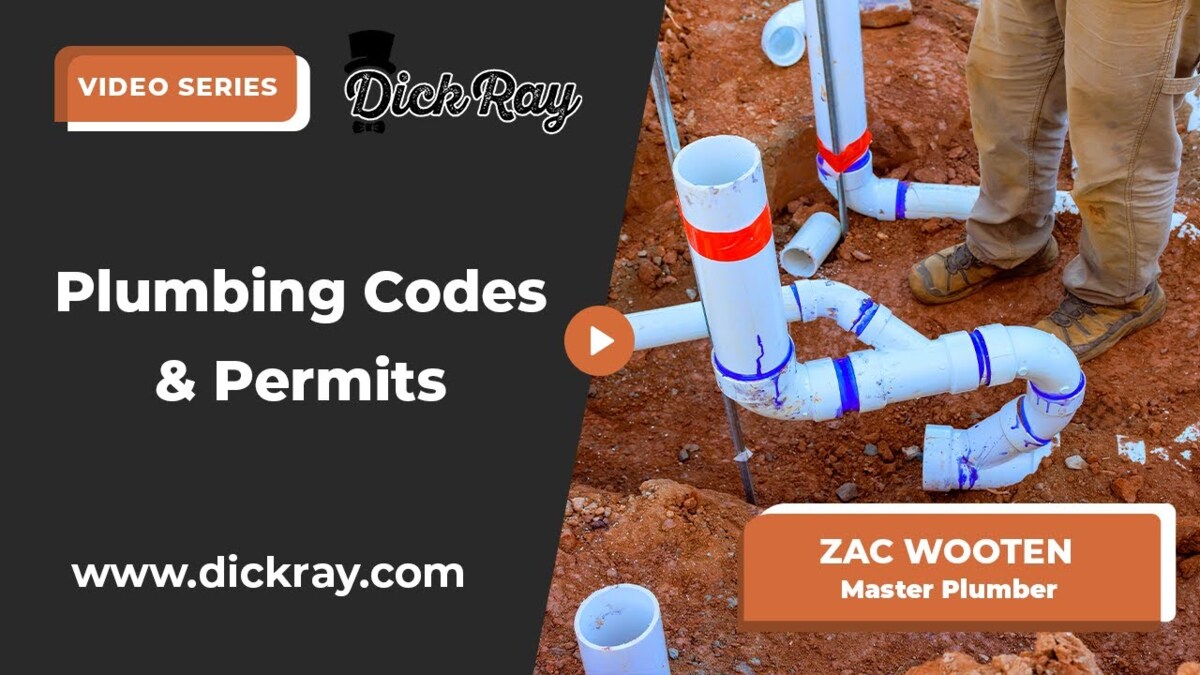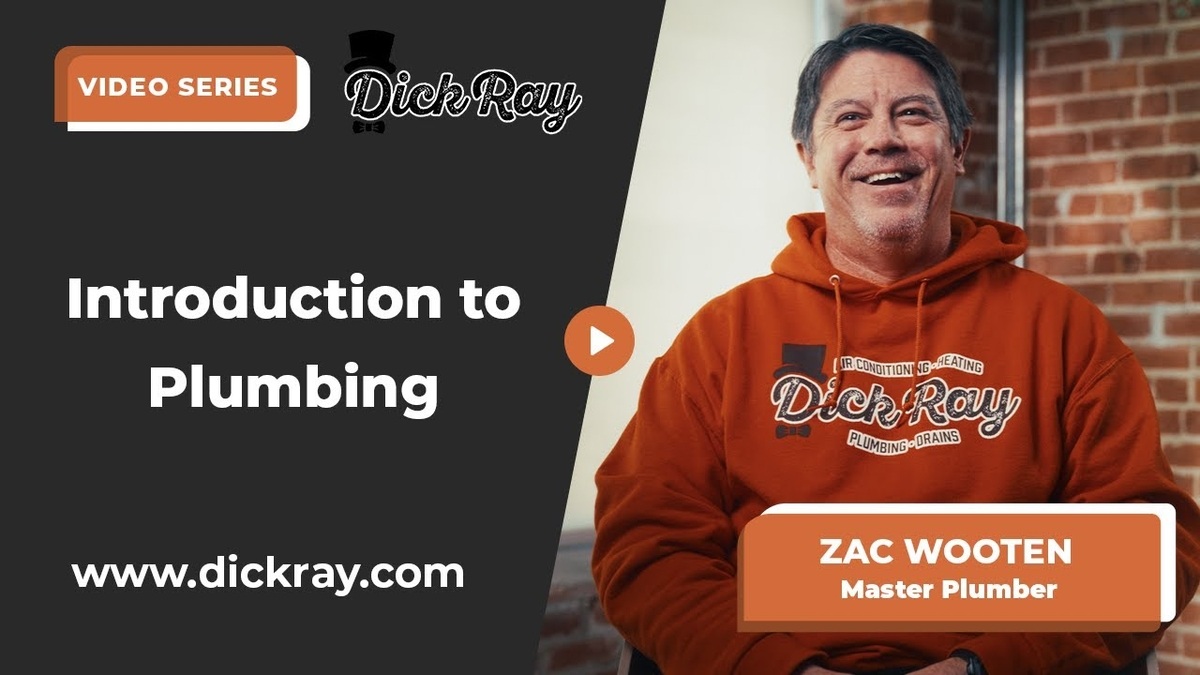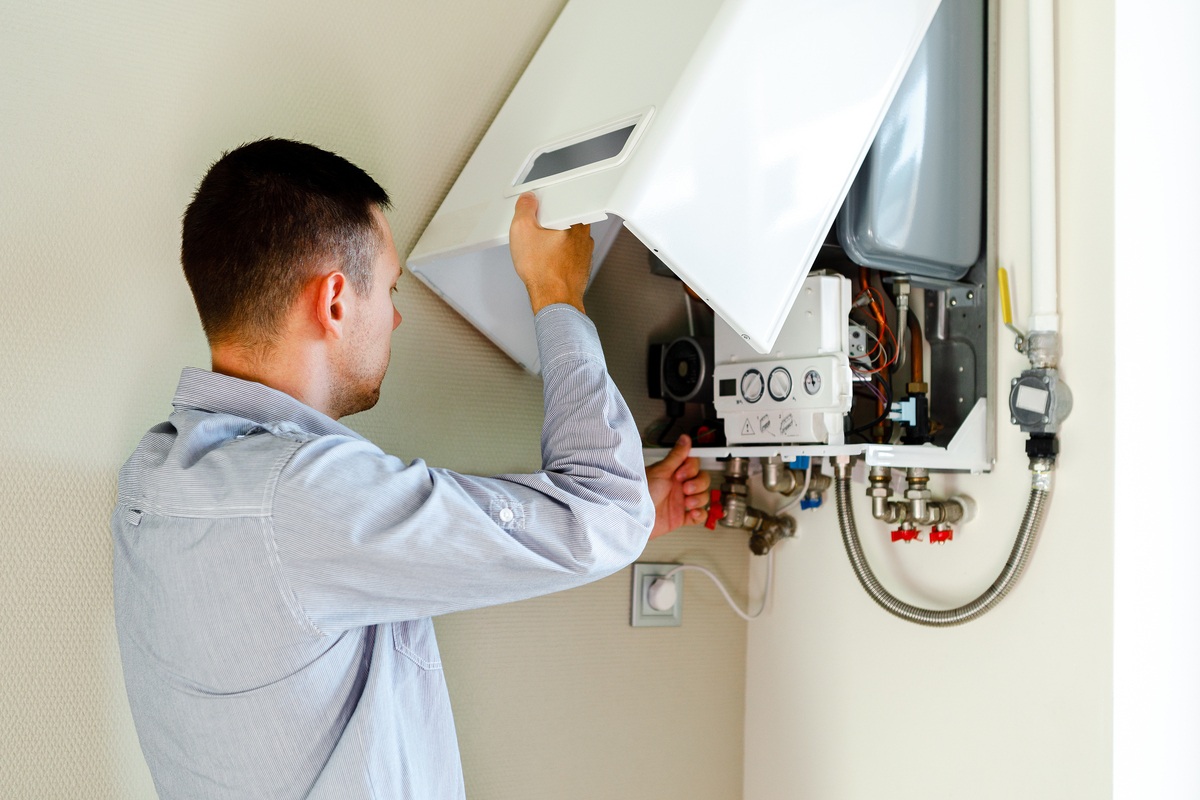If you’re like most homeowners, your knowledge of the intricacies of your HVAC system is limited. You know how to change the filter. You know how to turn the system off and on. Maybe you even know how to re-light the pilot. As for the rest of the mechanical operations, you leave that to the pros. If you were asked how to tell if a heat exchanger is cracked, your response might be, “What’s a heat exchanger?”
It’s a good idea to let expert technicians handle these types of furnace issues. However, it’s also good to be an informed consumer. Since cracked heat exchanger symptoms are common, and many homeowners will eventually have to have heat exchanger crack repair, this is a good topic on which to educate yourself.
If you’re the owner of a furnace, you’ll find it helpful to be able to answer the following five questions:
- What is a heat exchanger?
- How can heat exchangers be dangerous?
- What causes heat exchangers to crack?
- How can I identify a crack in the heat exchanger?
- Why is it important to get professional help to resolve a heat exchanger crack issue?
If you can answer these questions, you’ll be well informed to communicate more easily with your HVAC technician, be on alert for any problems with your furnace and know what to do if you encounter issues.
What Is a Heat Exchanger?
If we break down the name “heat exchanger,” it becomes clear what this piece of equipment does. It exchanges heat. The part allows heat to move from one matter to another without the two interacting directly. They simply cross paths next to each other and exchange heat.
This exchange can take place between two fluids or between air streams. Various types of heat exchangers specialize in different heating and cooling. The one you’re probably most familiar with outside of your furnace is your car’s radiator. This heat exchanger allows antifreeze to transfer heat from the engine to prevent overheating. Similar devices are used to keep lasers, military equipment and x-ray tubes properly cooled. The heat exchangers may provide liquid-to-air cooling, air-to-liquid cooling, liquid-to-liquid cooling or air-to-air cooling.
The air-to-air method is the type of transfer you’ll find in your HVAC system. Heat is transferred from one gas stream to another. The result is warm air for your home.
During the exchange process, three important things occur:
Some form of energy is burned to produce heat: If you peek inside your furnace, you’ll see that a fire is burning. The system is burning propane, natural gas or heating oil to generate energy in heat form. During this burning process, the furnace also produces byproducts, including carbon dioxide, water vapor, soot, nitrogen oxides and carbon monoxide.
Byproducts are removed from the air that circulates in your home: As an air-to-air system, your heat exchanger separates the return air for your home from the exhaust from the gas combustion. As long as your system is working correctly, the heat from the combustion is transferred to the air going into your home as it passes through the heat exchanger. However, the dangerous particles and fumes remain separated and are sent through an exhaust system out of your home.
Air moves back and forth over gases: It’s important to understand the shape of your heat exchanger. Chambers are typically arranged in a snaking pattern that moves the air and encourages the most heat exchange between the two air streams. That shape, however, consists of many bends and curves in the steel that could potentially crack over time.
How Can Heat Exchangers Be Dangerous?
If all of the processes in your system are working properly, dangerous gases leave your home, and you’re left with comfortable, heated surroundings. On the other hand, if your heat exchanger is not functioning as it should, it could pose a hazard by allowing carbon monoxide to enter the air in your home.
Carbon monoxide is produced any time you burn a fossil fuel, which happens when you run your furnace. This gas is colorless and odorless. It is also deadly if breathed at certain levels, which is why current safety codes require homeowners to place carbon monoxide detectors in their homes. Even with these policies in place, the CDC reports more than 400 Americans die each year from carbon monoxide poisoning, and more than 4,000 are hospitalized. Even if your furnace is functioning well, you should have carbon monoxide detectors in place and test them every season. Replace the batteries at least twice every year to ensure proper operation.
It’s also important to be able to identify faulty heat exchanger symptoms that could allow carbon monoxide to enter your home. Watch for the following signs that you may need heat exchanger crack repair:
- Flame change: When your furnace is functioning properly, it should have a steady blue flame. If there is a problem with the heat exchanger, the flame may dance around and have a yellow color instead. To check for this, watch the burners when the furnace kicks on. As the blower comes on after ignition, look for dancing yellow flames.
- Corrosion: If the heat exchanger is failing to keep harmful components separated from the circulating air, this can cause corrosion of other parts of the furnace. Look for corroded components as a possible faulty heat exchanger symptom.
- Soot: If the furnace is not burning properly, combustion is incomplete, which generates soot. Watch for black carbon buildup on the furnace as a sign that your heat exchanger is cracked.
- Cracks: An obvious indication that your heat exchanger is cracked is visual verification. If you can see a crack, there’s a problem. However, it is often difficult to find these issues without disassembling parts of the furnace, due to the bends in the metal and other components obstructing your view.
- Poisoning: If your carbon monoxide detector goes off, it could be due to your heat exchanger. If your detector fails to indicate an issue, you may experience symptoms of carbon monoxide poisoning. The most common symptoms include dizziness, headaches, nausea and chest pain. If you experience these flu-like symptoms, it could mean your home has dangerous levels of carbon monoxide.
If you detect any of these cracked heat exchanger symptoms, contact a professional HVAC technician to inspect your furnace right away.
What Causes Heat Exchangers to Crack?
If you encounter a crack, you may wonder how it happened. Exactly what caused your heat exchanger to crack? Could you have avoided this problem? Following are the most common causes of cracked heat exchangers and a few tips on how to prevent this issue.
Your heat exchanger might be:
- Old: A heat exchanger’s life expectancy is typically 15-18 years. Of course, furnace usage affects the heat exchanger’s longevity. In areas with long winters, the furnace will cycle on and off many times each year. Over time, this use takes its toll. As the heat exchanger heats up and cools down again, the metal expands and contracts. Eventually, this repeated stress can make the component wear out or crack. You may need to replace it or invest in an entirely new furnace.
- Overworked: Sometimes, a furnace is not the appropriate size for its setting. It might be too small for the home or too big for the ductwork. As a result, the furnace has to work harder. An increased number of cycles causes the heat exchanger to wear out faster. If the airflow is too great or too small, it causes higher or lower than normal temperatures, which can also have detrimental effects. They may cause gases to condense on the heat exchanger, placing acidic moisture on the metal. Over time, this moisture will cause corrosion.
- Poorly maintained: Most homeowners are aware they should have their HVAC system checked regularly. A professional service each spring and fall can help keep their system run smoothly and prevent more costly issues down the line. If you provide this proper maintenance, a technician can inspect air flow, pressure, fan speeds, filters and coils regularly to ensure everything is working properly. Lack of maintenance can lead to a cracked heat exchanger if minor issues are not discovered and repaired.
- Unable to breathe: Proper airflow is essential to a furnace and its heat exchanger. When the filter is not changed regularly, it causes low airflow. A dirty filter prevents heat from escaping the furnace and causes the unit to overheat. The dust and dirt prevent the air from getting through. The furnace responds by continuing to run in an attempt to heat your home. The heating cycle ends up longer, and the heat exchanger gets hotter. The result is a stressed furnace and overworked heat exchanger. A heat exchanger under this much stress will eventually crack. Check your filter every month, and change it when it’s dirty.
How Can I Identify a Crack in the Heat Exchanger?
Any significant cracks in the heat exchanger will be visible to the naked eye. The challenge is often accessing the heat exchanger to perform a visual inspection. Other parts may obstruct your view. One option is to contact a professional to perform this inspection. They have the proper experience and tools, and they know how to identify a cracked furnace heat exchanger.
If you prefer to search for the crack yourself, you can check the following step by step:
- The Flame: Turn the furnace on and observe the flame. Watch for floating, distorted or rolling flames as the blower begins operating. Flame disturbances can indicate a problem with the heat exchanger. They can also be caused by leaks near the burners. If you don’t see any flame issues, move on to step two.
- Carbon Monoxide Levels in the Air: If the heat exchanger is cracked, it will allow carbon monoxide to escape into the airflow that travels through your home. To determine if this is occurring, check the air for carbon monoxide. Start by testing the return airstream near the furnace. Next, measure the carbon monoxide level downstream of one of the bends in your ductwork. Note the two measurements. If there is no difference in the two airstreams, the furnace is probably not leaking carbon monoxide into your home. If the measurements indicate there is carbon monoxide, but the two levels are the same, another source may be the culprit, such as an appliance or fireplace. If the measurement of the supply air is higher than the return air, your furnace may be generating the carbon monoxide, and you should go on to step five. Note – The OHSA acceptable maximum for carbon monoxide levels is nine ppm.
- Carbon Monoxide in the Flue Pipe: If you discover no difference in the two measurements, check the level in the flue pipe. If the level here is less than 200 ppm, your inspection is complete. If it is higher, move on to step four.
- Installation: Improper installation can cause a host of problems with a furnace, including dangerous carbon monoxide levels. To check the installation, refer to the manufacturer’s instructions. Check the gas input rate, fuel conversion, vent size, manifold pressure and combustion. Additionally, look for damaged hoses and wires, holes and blockages in the system. If any issues are present, correct them, then retest the carbon monoxide level. If the level in the flue is still 200 ppm or higher, complete step five.
- The Heat Exchanger: To check this, you will need to disassemble the furnace. Ensure you can visually inspect all surfaces of the heat exchanger. Look for any cracks or holes. There is no need to use smoking or water agents to check for leaks. If the furnace needs heat exchanger crack repair, you will be able to see the problem. If you discover any cracks or holes, contact an HVAC technician for heat exchanger replacement.
Why Is It Important to Get Professional Help to Resolve a Heat Exchanger Crack Issue?
If your heat exchanger is cracked, it will not get better. The problem will only worsen with time. As you continue to use your furnace, the crack or hole is likely to grow. As it does, more and more carbon monoxide can leak into your home. Because this gas is deadly, it’s important to deal with the issue right away. A licensed professional can perform the proper tests and inspections to determine if you have a cracked heat exchanger and make the necessary repairs to keep you and your family safe.
Homeowners may consider attempting many projects on their own. However, replacing a heat exchanger is a labor-intensive process and requires intricate knowledge of HVAC systems. Often, homeowners may find it more cost-effective to simply replace the furnace. Since newer models are usually more energy efficient, replacing the unit is often the best option in the long run.
Who Should I Contact for Heat Exchanger Crack Repair?
This is the final important question you must answer if you experience cracked heat exchanger symptoms. If you suspect your heat exchanger is cracked, contact experienced professionals to inspect the issue and make repairs. The experts at Dick Ray Master Plumbing Heating and Cooling are ready to assist you. Don’t hesitate to contact us with any questions or concerns about your heat exchanger or any other issues. We are the best resource for all your HVAC needs.





